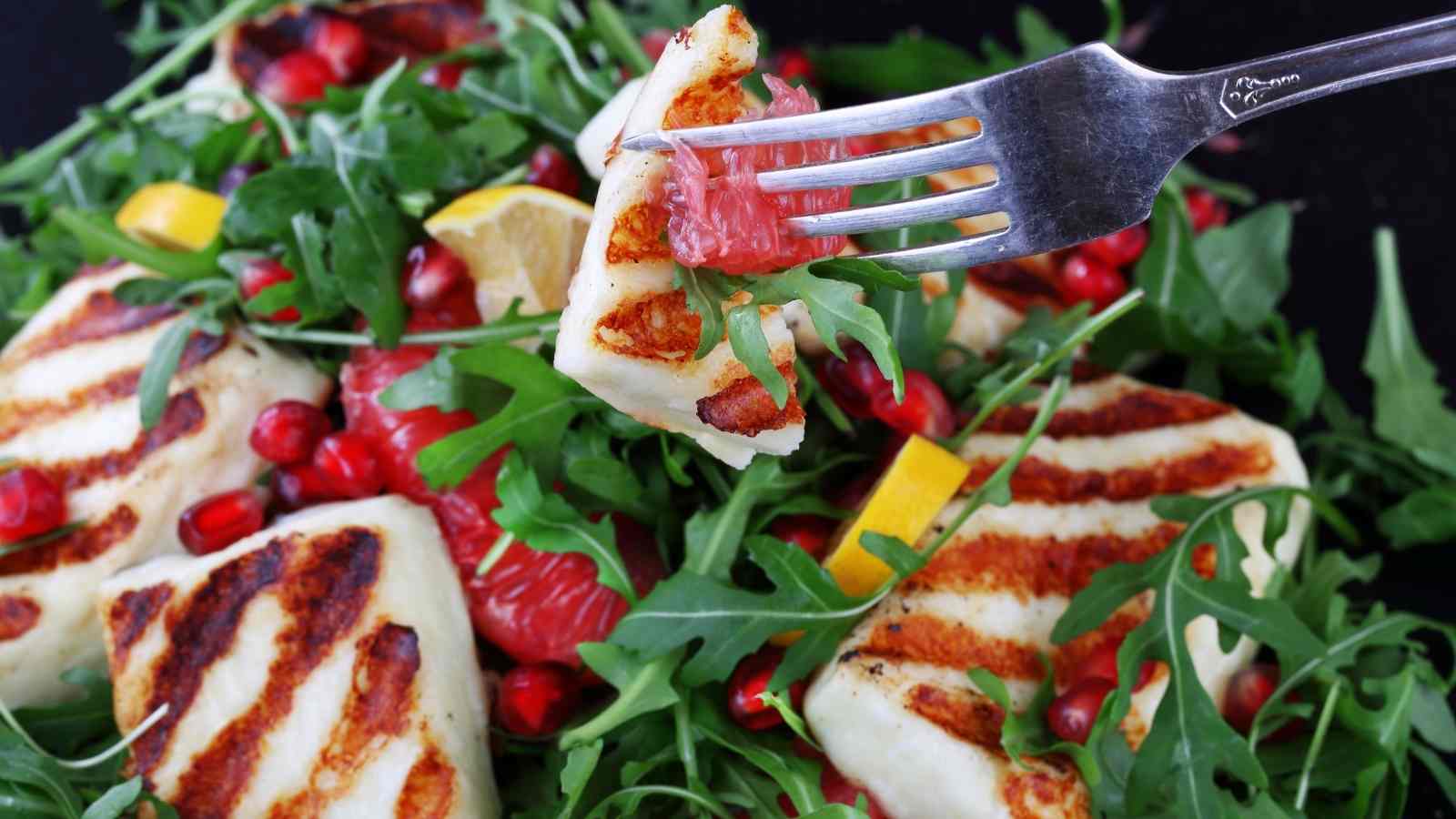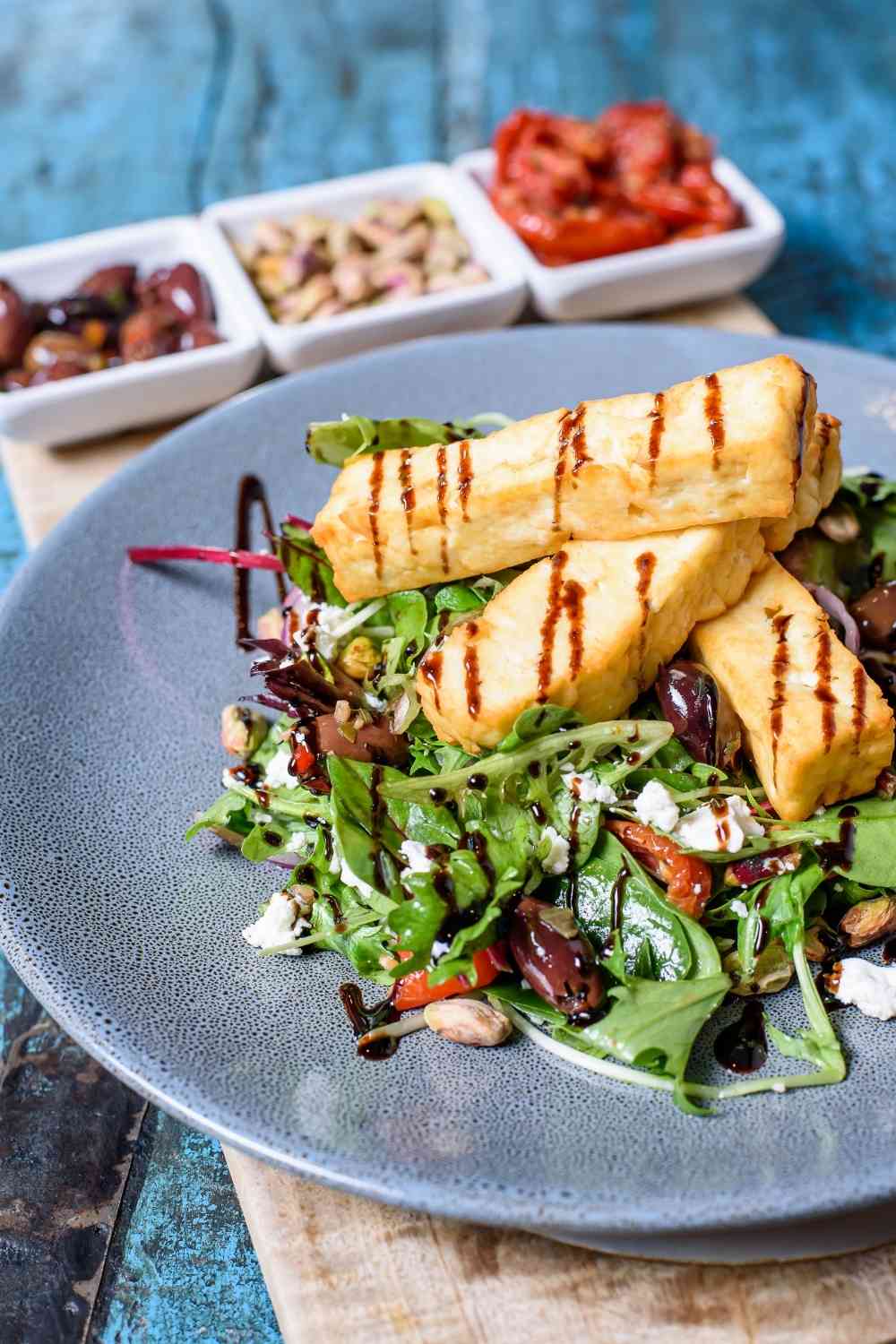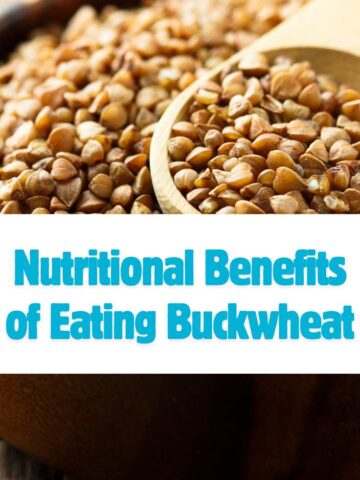Halloumi cheese is a famous semi-hard to hard, stretchy, no-rind dairy product with a Cypriot provenance that is available in many varieties. Tradition has it that this stretched curd is produced with either sheep's or goat's milk and then preserved in brine for months.
The fibrous, rubbery texture of halloumi makes it especially well adapted for cooking. Traditionally, it has been a popular dairy product in the Middle East and Mediterranean parts of Europe, and its popularity has increased significantly in the United States and Canada in recent years.

In the dairy industry, halloumi cheese is classified as a fresh, non-cultured dairy product. A brine solution is used to package the product in order to keep it from drying out and to preserve it.
Halloumi is a cheese with a protected designation of origin (PDO), which means that it must be produced in South Cyprus to qualify. Hellim, on the other hand, is a sort of cheese created in Turkey that is quite similar.
Manufacturing of halloumi cheese includes the following steps:
- Halloumi is an easy dish to prepare that takes just a few pieces of equipment: a huge vat, a wooden ladle, a curd knife, a large colander, a cheese mould and cloth, a draining mat, and a thermometer.
- Slowly heat the milk until it reaches 33-34 degrees Celsius.
- At this temperature, add the liquid rennet and cover the pot, allowing the curd mixture to remain undisturbed for 40-60 minutes. This causes the milk protein (casein protein in the milk) to coagulate, allowing it to be separated from the watery whey.
- The curd for Halloumi is separated into 1' pieces, and then let to rest for another 10 minutes or so before using it again. This results in a greater surface area, which helps to facilitate the whey separation process by increasing the surface area of the mixture.
- During the next 20 to 30 minutes, gently stir the whey while gradually raising the temperature to 100-106°F (38-40°C). Allow the curd to remain at this temperature for another 5-10 minutes to allow the curd to set.
- The curd should then be transferred to square or circular moulds lined with cheesecloth. The fabric was folded in half to cover the curd's top surface. After that, the curd was squeezed for 60 minutes. An initial pressure of 300 kPa was applied for the first 15 minutes, after which the pressure was raised to 400 kPa for the remainder of the duration.
- Once all of the whey has been drained and the curd has settled, cut the curd into blocks (10 X 15 x 3 cm).
- Transfer the blocks to a large pot and simmer the whey for 1 hour at 94-96°C (do not boil) until the cheese floats to the top, which is the last step in the production of Halloumi (feta cheese).
- Using a tiny amount of hand pressure, knead and flatten the cheese disc to create a bigger and flatter disc of cheese when it has cooled. Dry salt (3 percent) and dried spearmint (Mentha viridis) leaves are sprinkled on top.
- Fold in half crosswise and place in the refrigerator overnight.
- Storage in a brine solution containing 11 percent NaCl for 3-4 weeks.
Halloumi cheese has a number of health advantages.

- In addition to containing protein, vital fatty acids, minerals, and vitamins, halloumi is also rich in calories and high in nutrition. Fresh cheese in brine has 313 calories and 23.5 g of total fats per 3.5 oz (100 g) of the product.
- Halloumi is a high-quality protein source that is comprehensive in all of the necessary amino acids required for growth and development of the body. 100 g halloumi has 23.9 g of protein, which accounts for about 43 percent of the required daily amount of protein.
- It is a dairy product that is devoid of gluten. Additionally, it is a significant alternative source of gluten-free food products that are high in protein as well as minerals and vitamins.
- For those following a Mediterranean diet, halloumi is an excellent source of dietary calcium, magnesium, and phosphorus. These minerals, in conjunction with vitamin D, aid in the strengthening and development of bones, especially in youngsters.
- In addition, since halloumi includes a little amount of lactose (1.5 grams/3.5 ounces), it is one of the low-lactose dietary sources of protein and calcium for those who are lactose-intolerant.
- Halloumi is a very rich source of fat-soluble vitamins, including vitamin A, and it is also high in protein. Fresh halloumi has 1073 IU (36 percent of the recommended daily intake) of this vitamin in 3.5 oz (100 g).
- Halloumi, which is a fresh, non-cultured cheese, has 201 g of natural flavonoid pigment components, including -carotene, per 100 g.
- Vitamin A, in conjunction with flavonoids, is critical in maintaining the integrity of the mucosa, skin, and hair, among other things. It is also a necessary component for having clear eyesight at night. Natural foods high in flavonoids, such as fruits and vegetables, have been shown to provide protection against malignancies of the lungs, oesophagus, and mouth.
- Fresh halloumi is a good source of various B-complex vitamins, including folates, riboflavin, pyridoxine, thiamine, and pantothenic acid, all of which are needed for good health.
- It contains a high concentration of minerals, particularly calcium (794 mg, or 79 percent of the DV), potassium (517 mg, or 74 percent of the DV), magnesium (40 mg, or 10% of the DV), zinc (3.7 mg, which accounts for 34 percent of the DV), and selenium (12 ng, which accounts for 22 percent of the RDI).




